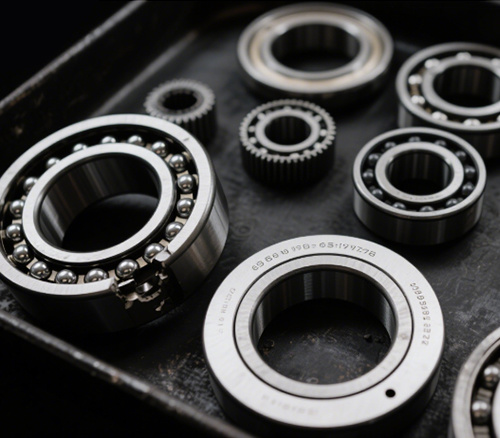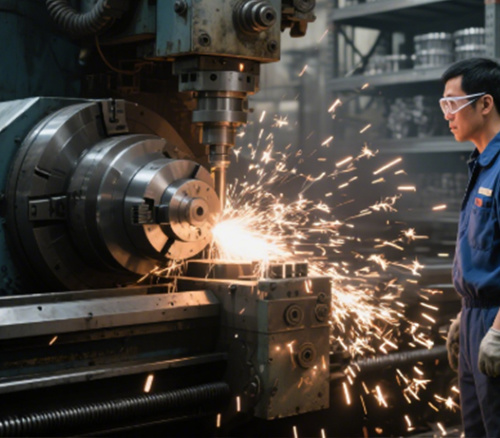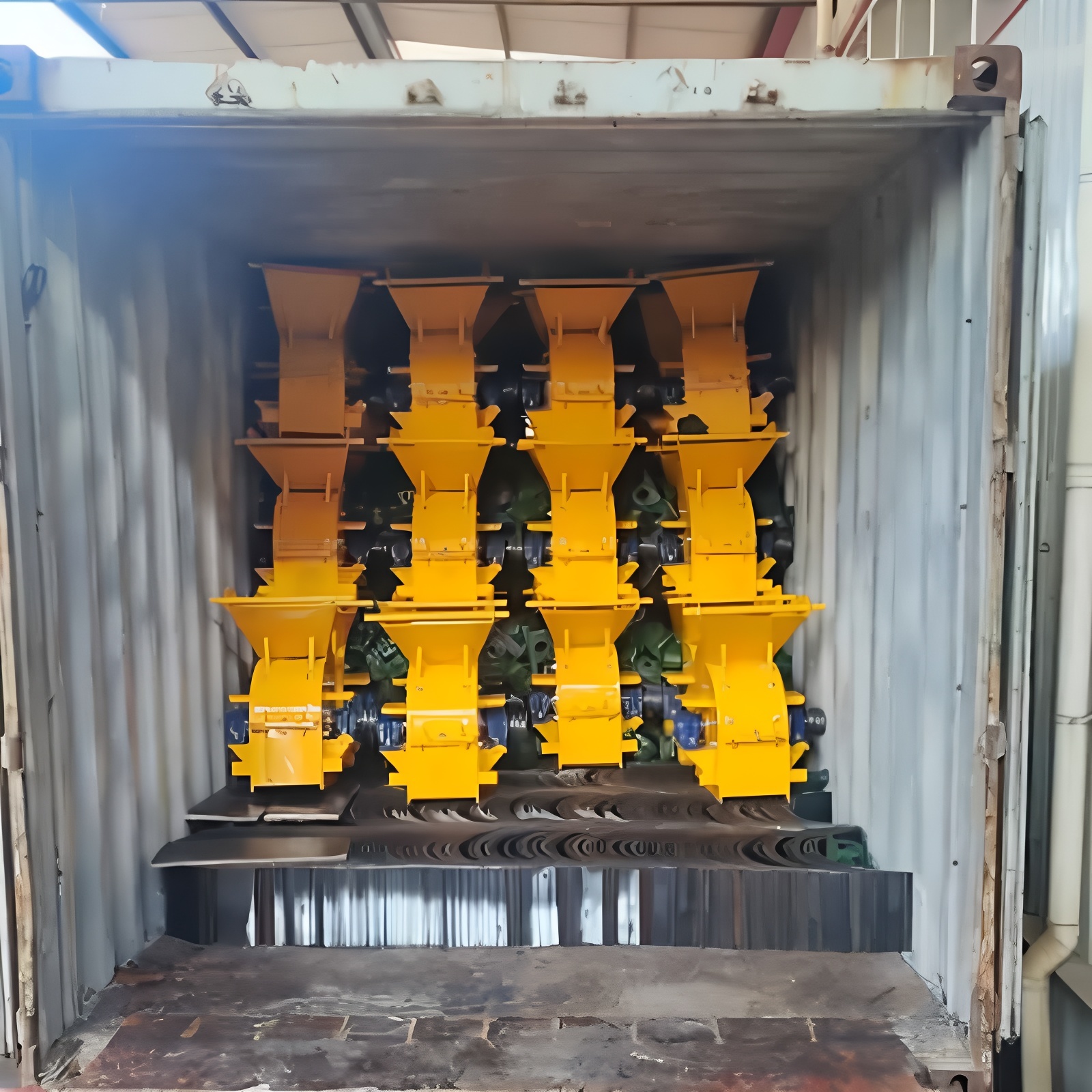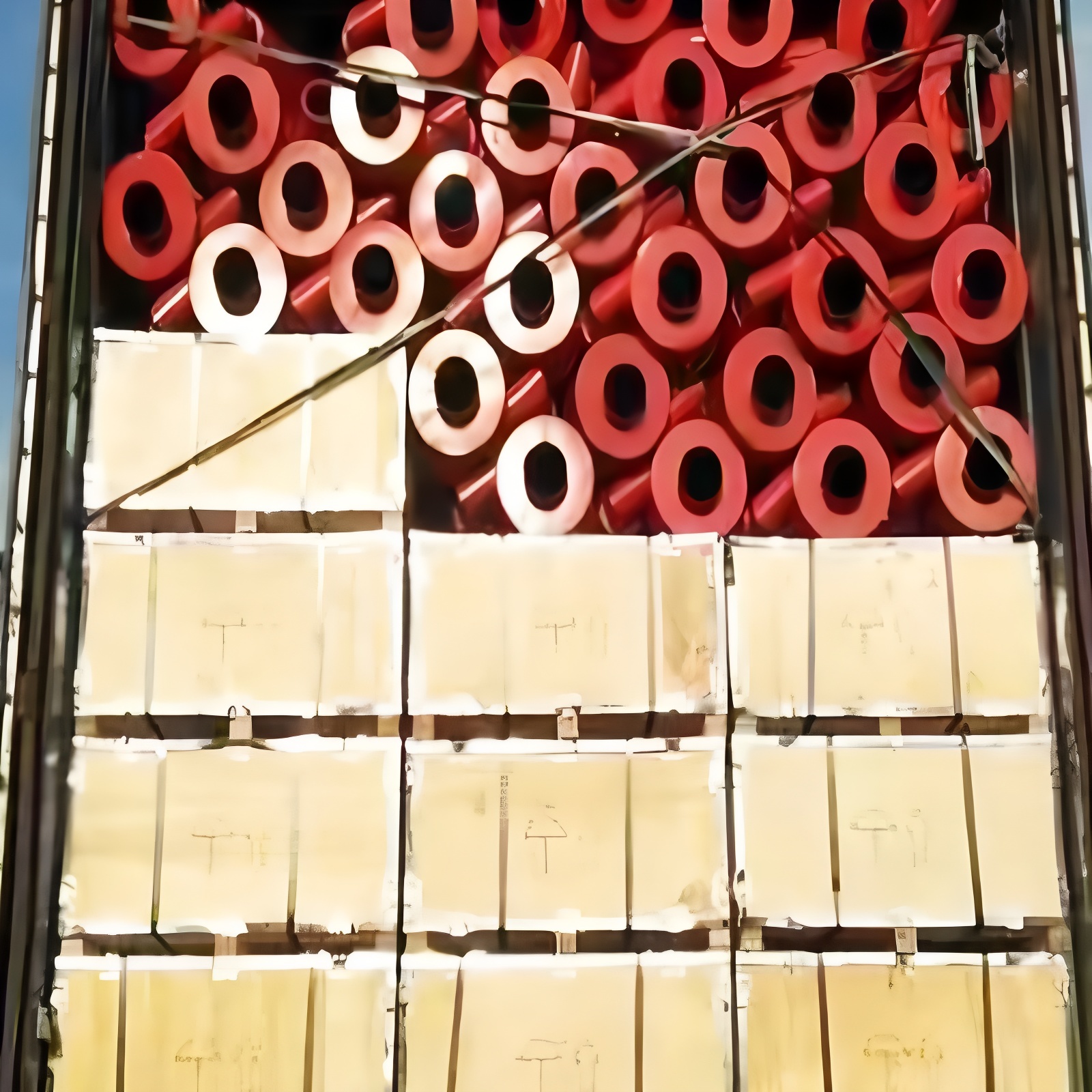The structural composition of a diesel engine
Sep 19,2025
Body: Supports and installs other parts, including cylinder block, crankcase, cylinder head, etc.
Crank connecting rod mechanism: converts the energy of fuel combustion into mechanical energy and transmits it, including crankshaft, connecting rod, piston, etc.
Valve mechanism: timed opening and closing of intake and exhaust valves, including timing gears, camshafts, valves, etc.
Fuel supply system: Diesel fuel is supplied to the combustion chamber in a timely and quantitative manner as needed, including the diesel tank, fuel pipeline, diesel filter, fuel injection pump, fuel injector, etc.
Lubrication system: provides lubricating oil for the moving friction pair, reduces wear and friction resistance, including oil pump, oil filter, pressure regulating valve, etc.
Cooling system: used for heat dissipation and maintaining the normal operating temperature of the engine, including water tank, water pump, fan, etc.
Electrical system: used for starting, lighting, monitoring, and operation, including generators, starter motors, batteries, etc.
TAG:
Previous
Related Posts
Working principle of gasoline engine





